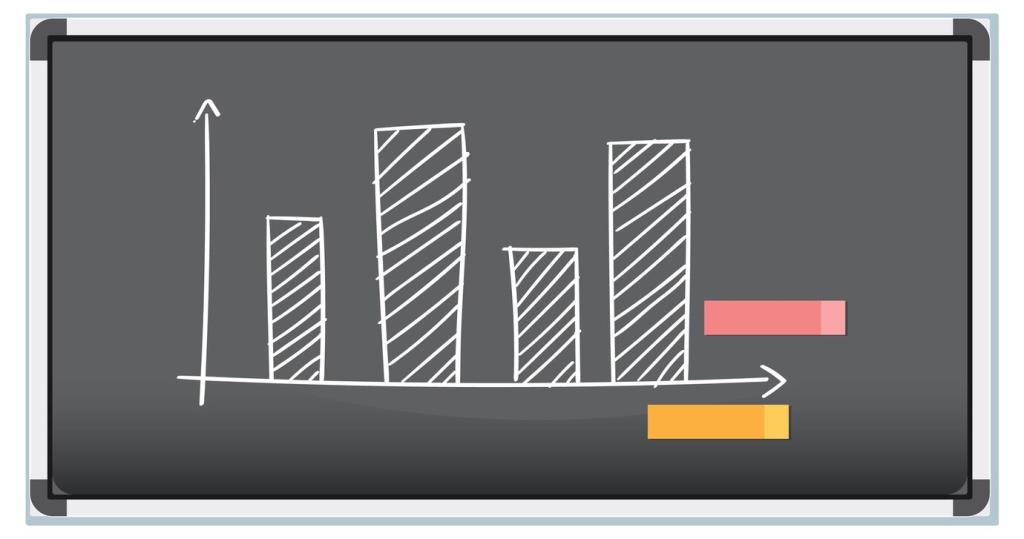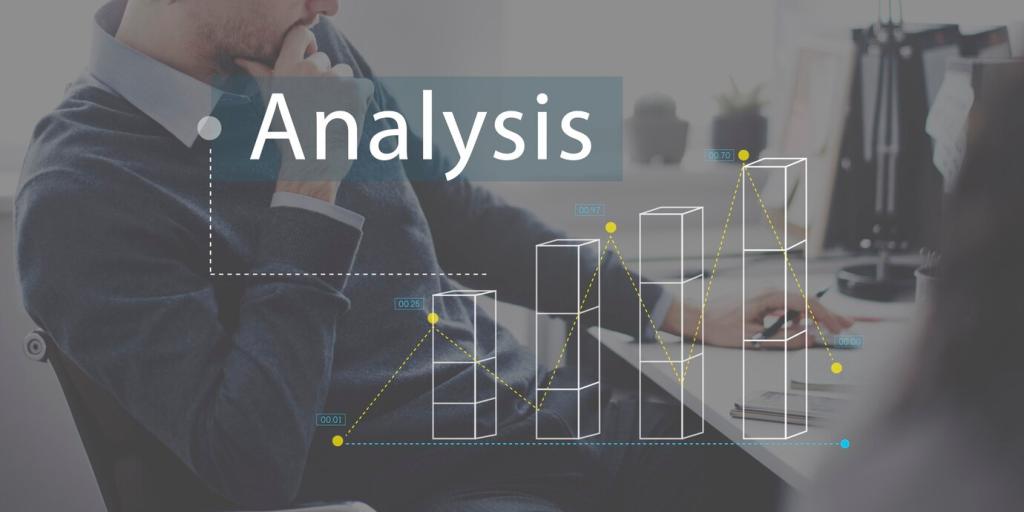Why Predictive Analytics Matters Right Now
Historical dashboards tell you what happened; prediction shows what is likely to happen next. When leaders combine forward-looking probabilities with strategic intent, they prevent crises, seize opportunities sooner, and build resilience into everyday decisions.
Why Predictive Analytics Matters Right Now
Accurate forecasts give executives options: accelerate where signals strengthen, hedge where uncertainty grows, and pause where the odds look poor. This optionality compounds advantages, often turning modest predictive edges into outsized outcomes over time.
Why Predictive Analytics Matters Right Now
A mid-market retailer used demand predictions to pre-position inventory before a seasonal rush. Stockouts fell, markdowns shrank, and customer satisfaction quietly improved. No big launch involved—just consistent, probabilistic planning executed week after week.





